Comment: Families on the brink of famine in Yemen cannot wait
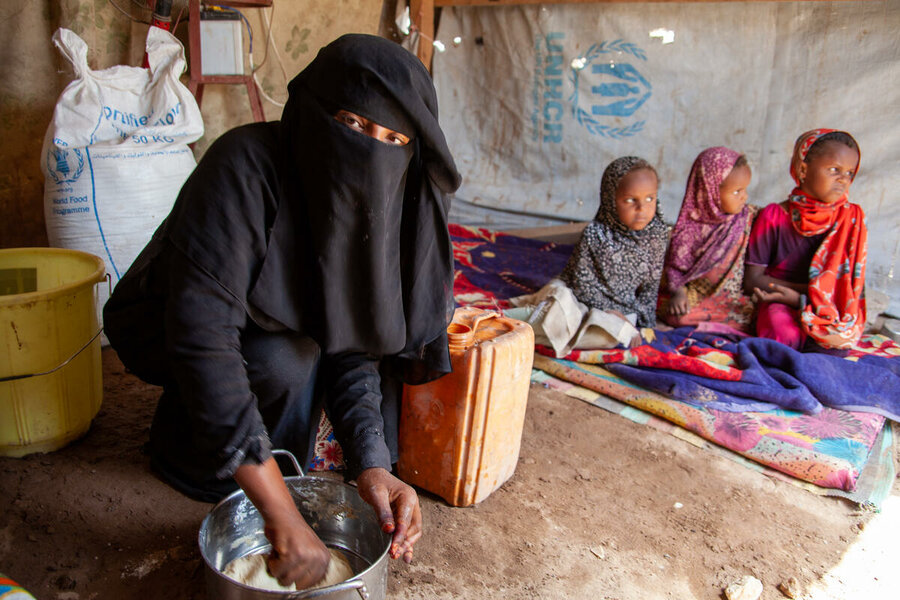
For years, Yemen’s been described as the world’s worst humanitarian crisis. Then, at the end of 2020, it seemed it got worse yet again: analysis from the Integrated Food Security Phase Classification (IPC) showed that, for the first time in two years, pockets of famine conditions had returned to the country.
Over half of all Yemenis — 16.2 million people — are food insecure. Over 5 million are at immediate risk of famine, and almost 50,000 are already experiencing famine-like conditions. But what does that actually mean?
For Hayat, 30, it means constantly worrying about how she will feed her three little girls.
“I was crying last night and thinking about where I can get food to give them,” she says, sitting in the makeshift tent that is now the family’s home.
“My daughters wake in the night and ask for food. I have to tell them I can’t get food. They sleep hungry.”
Hayat fled her village in Taiz, central Yemen, in 2018 after airstrikes flattened her village. Her home was destroyed. Her husband was killed.
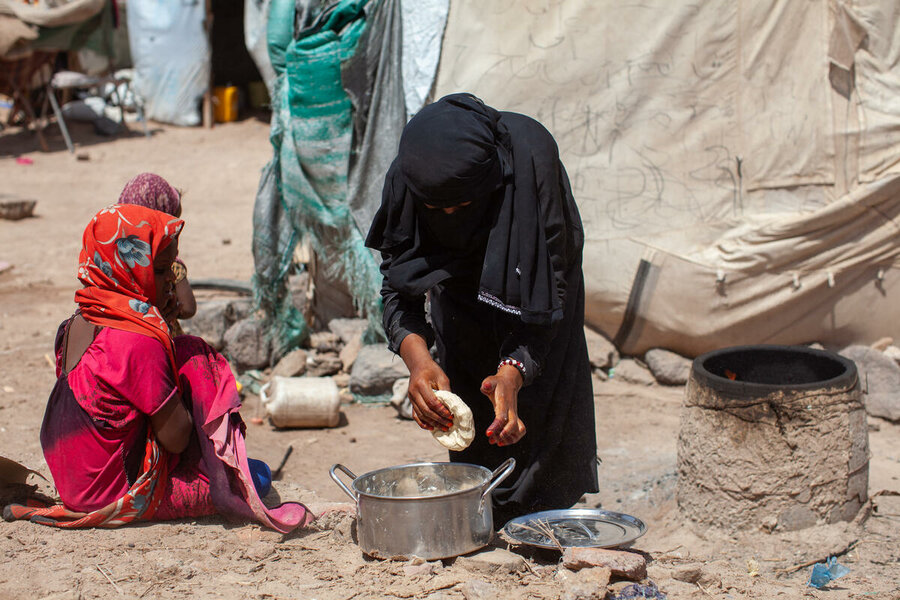
She sold the gold bracelets her husband had given her daughters, now aged 4 and 7, to pay for a car to flee to safety with. She was pregnant at the time with her third daughter.
“My husband was a labourer. Life was hard,” she says, remembering her life before the war. “But at least he was beside me.”
With each year of conflict, life has got harder still for Hayat.
She now lives in a basic settlement in Mokha on the Red Sea Coast. The once thriving port town bears the scars of Yemen’s six-year conflict: children, too many of whom no longer go to school, play in the carcasses of bombed out buildings.
Informal camps have sprung up to host families like Hayat’s who have been displaced by conflict. The dust blown up by the relentless coastal wind is brutal.
Safiah and young family among millions trying to keep hunger at bay in Yemen
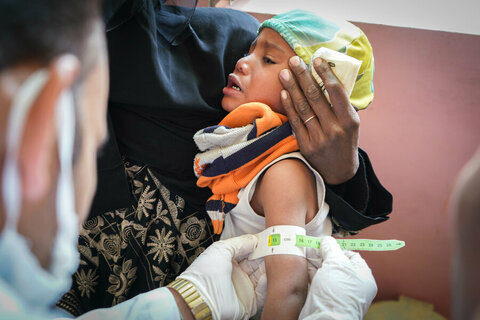
Hayat is one of the nearly 13 million people in Yemen who receive assistance from the World Food Programme (WFP). The flour, vegetable oil, pulses, sugar and salt from WFP is all she has, she says. With no source of income, she trades some of her WFP food for other items such as vegetables.
WFP also supports 3.3 million children and mothers with nutrition supplements to treat and prevent malnutrition, and provides 1.55 million children with daily snacks in school — a vital nutrition boost that also helps keep them in education.
A few miles south of Mokha is a small fishing community called Dhubab, home to Salem, his wife and seven children. Salem was a fisherman before the war. He earned a good living. But when the war began, the fishing industry was destroyed: the coastline is mined and the main markets for Dhubab’s fisherman — Taiz and Hodeidah — are now the other side of frontlines.
“Before the conflict, there were opportunities for work and if you wanted to travel, you could. But with the conflict you can't go anywhere,” says Salem, who now earns a small income collecting firewood.
Yemen: Famine around the corner, says World Food Programme
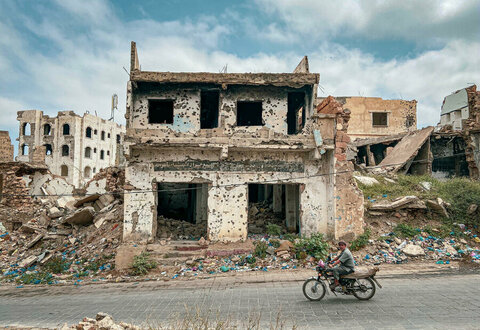
“The money I make is not enough to support my kids. One day you get some [money] and then some days nothing. The situation isn’t good, like before. And now we are so tired. We are so tired of there being no food, no jobs and not being able to go anywhere.”
Each year of war has further eroded the ability of Yemenis to weather shocks like rising food prices. Having exhausted savings and sold what they could — jewellery, livestock, even land — many families now are reducing meals to one per day, or limiting their diets to the cheapest and most basic foods like bread and rice.
These extreme coping measures are taking a devastating toll on Yemen’s youngest children, half of whom are at risk of malnutrition in 2021 — that’s 2.3 million children aged under-5.
Meanwhile, the conflict continues to rage, displacing more people each week. Food prices are still rising, while the value of the Yemeni riyal fluctuates daily. A deadly second wave of coronavirus is only just abating, and crippling fuel shortages restrict access to healthcare and jobs, even preventing people from travelling to collect their food assistance.
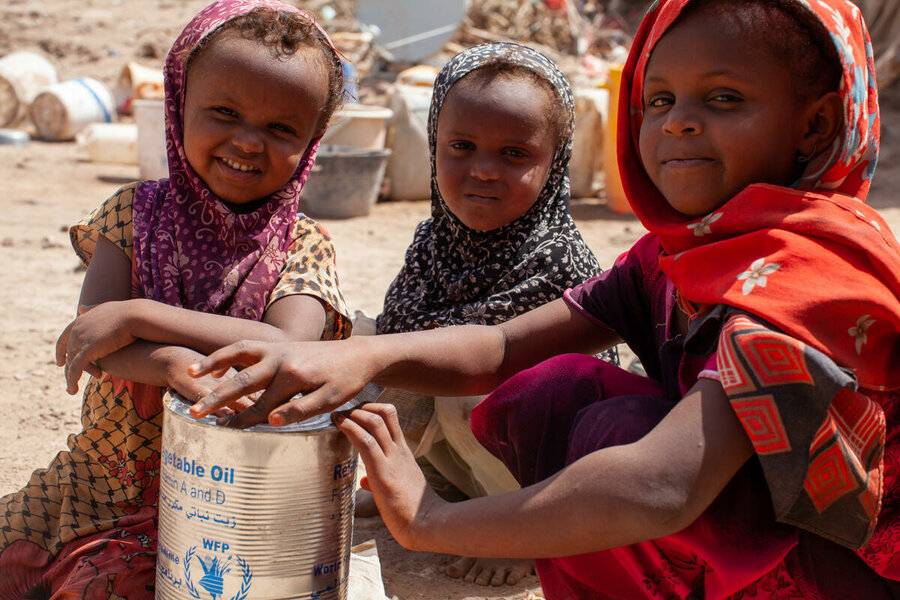
Thanks to additional funding provided by donors — led by the United States, the Kingdom of Saudi Arabia, the United Arab Emirates, the European Union and Germany — this year WFP has been able to increase food assistance in the areas with the highest rates of food insecurity. This comes a year after funding shortfalls forced the organization to cut assistance in some parts of the country, delivering food to families every eight weeks instead of every four.
Maintaining this level of support is the only thing that can stop Yemen from spiralling into widespread famine conditions. So far, WFP has received US$937 million of the US$1.9bn it needs in 2021.
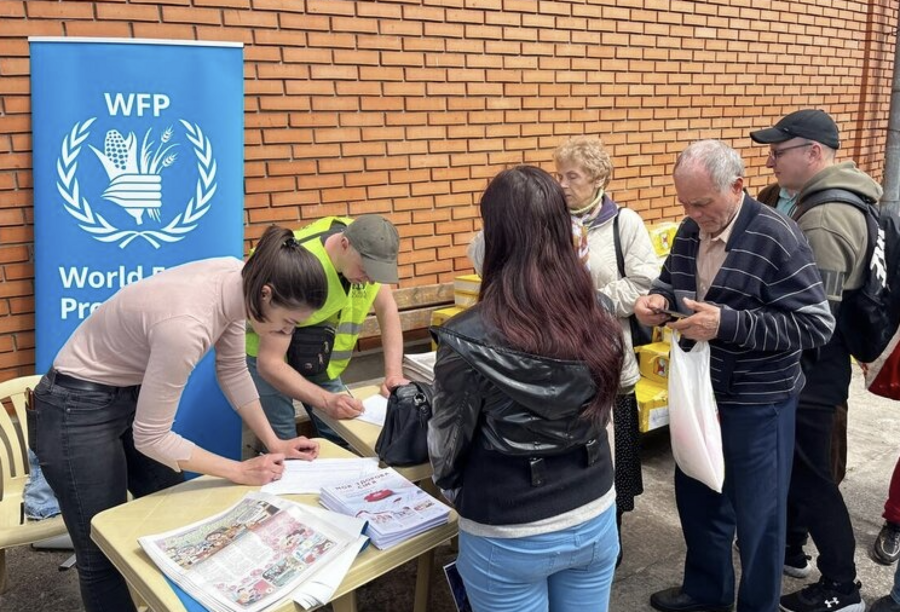
Operations being almost half-funded is positive news, but not enough to last to the end of the year.
Food insecurity will continue to rise in Yemen without continued humanitarian support. But ultimately, only peace can break the corrosive cycle of hunger and conflict that stalks the country.
Progress towards peace requires urgent action to protect civilians, provide emergency assistance, secure humanitarian access and support an economy which has shrunk by half since the start of the conflict.
World leaders must gather behind a common agenda to stop Yemen from plunging into famine. Hungry and weary, Yemeni families can’t wait any longer.
